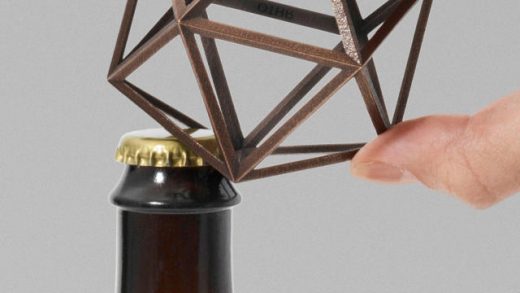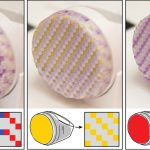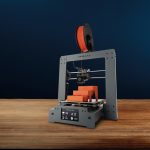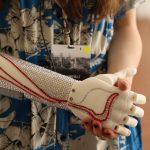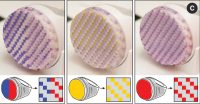Can This Startup Take 3D Printing From Plastic Gimmick To Design Sophistication?
Four years ago, on a whim, Joe Doucet decided to 3D-print a steel fork.
A designer and entrepreneur, Doucet was regularly sending designs to 3D printing companies so they could test his prototypes. Once, in the technology’s early days, he even 3D-printed a piece of furniture out of resin for an exhibition. But like many designers, he saw little value in producing finished objects out of soulless plastics.
Then Doucet saw a promotion for 3D-printed steel; the cost of the higher-quality material had finally become affordable. “So I ordered a fork,” he says. “It was $250 and it was really terrible—so low-fi, low-res. The tines were bent and they were almost welded together in the middle.” Fugly perhaps, but Doucet was smitten. “It was a revelation about the industry,” he says.
The idea that 3D printing could make high-end, covetable objects attracted two fellow designers, Dean Di Simone and Evan Clabots. Together with Doucet, they became cofounders of a new startup called OTHR, which launched in May and sells 3D-printed home goods conceived by leading designers from around the world. OTHR releases a new product every two weeks, with the full collection available in perpetuity through its online catalog.

“Our focus is on creating these amazing heirloom-quality objects that are made completely on demand,” Doucet says on a recent summer’s day during an interview at OTHR’s studio in downtown Manhattan. Globe pendant lights and tall windows highlight the lofted ceilings of the compact office; along one wall, a calendar neatly outlines upcoming launch dates. We sit at a white table with Di Simone, an array of OTHR objects between us: a bronze bottle opener ($70); a white porcelain mortar and pestle ($120); a short steel canister with a black matte finish and an elegant, furled lid ($320). Each object is marked with a unique serial number.
Customizing products in this way is prohibitively expensive for most manufacturers. For OTHR, it’s central to the business model. The serial number serves as a signifier to the buyer: This object is unique. But it is also a reflection of OTHR’s complete lack of inventory, an extraordinary asset for any retail business and one that on-demand 3D printing has made possible. Companies that rely on traditional manufacturing, in contrast, have to forecast demand in advance and mass-produce their designs, which often leads to waste.
Freedom from inventory has also given OTHR the freedom to experiment. Alongside standard home goods like candlesticks and coffee mugs, OTHR sells a birdhouse, a lemon juicer, and even a letter opener. The company has curated its catalog through collaborations with outside designers, each of whom earns a royalty based on sales (the first 100 designers will receive an equity stake as well). Objects by 15 designers, including Clabots and Doucet, have been introduced so far.
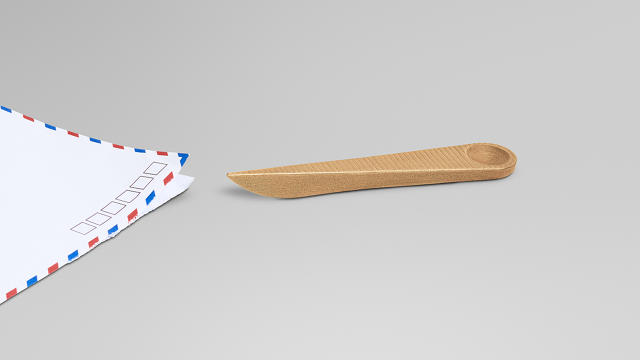
Saatchi Design’s Marc Thorpe, an architect and industrial designer, developed OTHR’s letter opener with Blake Enting. “Who’s really receiving letters anymore? We thought it was an interesting juxtaposition of the typology of the object itself and its use with the process in which it’s made,” Thorpe says.
The letter opener, a deceptively simple form available in polished bronze, polished gold steel, or matte black steel, references naval architecture. “You have this relationship between the bow and the stern of the boat,” Thorpe says. “That inspired the direction of ergonomics for the hand, and how it relates to the table [on which it’s placed].”
After Thorpe and Enting made a series of sketches, the team at OTHR built a technical model and started prototyping. One engineering intervention: an escape hole for residue powder trapped inside the letter opener, which is hollow.
“In a very short time, we’ve accumulated so much intelligence around how this is done, we’re actually teaching manufacturers what their own limitations are,” Di Simone says.

Di Simone and Doucet briefly met 10 years ago while working on a project for Swarovski. Both found success in the design and agency worlds, and eventually became serial entrepreneurs. By coincidence, a mutual friend suggested a joint marketing campaign around Tokyobike, Di Simone’s Japanese-inspired bike brand, and SŌTŌ, a sake for which Doucet had designed the branding and packaging. Doucet had been dreaming up plans for OTHR on nights and weekends, and Di Simone decided to get onboard. Shortly thereafter, designer Clabots joined as the third cofounder.
“We don’t really think of ourselves as having an aesthetic at OTHR. We think about having a mentality,” says Clabots, who takes the lead in coordinating with the company’s 3D printing partners. That shared mentality ensures that OTHR objects are useful and distinctly tied to the technology tools that enable their production, with beauty that merits a place of honor in the home. “We’re working with [our designers] to educate them about the production, and close that loop between designer and manufacturer,” he says. “They start to develop really smart products that are really tuned in to the material and what it can do.”
Many of the objects currently for sale appear to reflect a minimalist, Japanese aesthetic in line with Di Simone and Doucet’s past interests. But Clabots says that he expects that perception will change. “I think that over the next few months we’ll start to see some divergence,” he says. Addressing all the designers who might work with them someday, he adds, “We don’t need you to design a minimal object for us. We’re interested in how you can create something in your voice with our tools.”

The bronze bottle opener, designed by Fort Standard, portends that future. It also speaks to the way in which engineering advancements can spark creativity. “When it comes out of the 3D printing machine, it is in a green state until it goes through a secondary fusing process,” Doucet explains. “There’s an inner geometry to that; it’s a very strong structure. But if the object can’t stand on its own [after the first phase], it’s not going to make it through the rest of the manufacturing.”
As OTHR grows, it plans to push the boundaries of home goods beyond the standard bowls and vases. The team is also exploring retail partnerships and limited-edition products.
There is plenty of room to experiment and opportunity to grow. According to research firm Euromonitor, the U.S. home and garden market is worth $256 billion. Worldwide, it’s worth nearly $1 trillion.
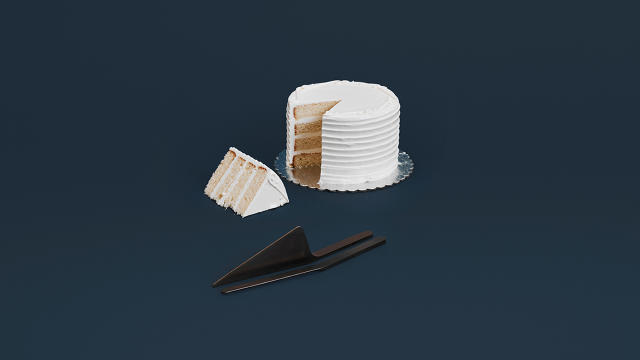
Of course, that is not to say that success is guaranteed. The post-unicorn era is littered with examples of home goods and furniture startups that have gone from boom to bust. One Kings Lane, which had raised $229 million, sold to Bed Bath & Beyond for a paltry $30 million in June. Fab, where Clabots previously worked, sold for just $15 million after raising over $300 million.
Angel investor Joanne Wilson, who contributed to OTHR’s seed round, draws a distinction between those flash-sale businesses and the approach that OTHR has adopted. “Flash sales grow and then they die, and they die hard,” she says. “I, for one, am not a fan of discounted goods. I want to build sustainable businesses. It’s good for the economy, it’s good for people’s jobs.”
With OTHR, where the design is high end but the prices are more approachable than most in this category, Wilson sees an opportunity to attract younger customers who want to buy less, but buy well. “I look at OTHR and I see the price points, I see these incredible designers who are using 3D printing to bring their ideas to the masses. To me, that was really interesting.”
It’s also one of the first scaleable and potentially profitable applications of a much-hyped technology at risk of losing its consumer luster. Outside of their function as prototypes, 3D-printed objects have often played the role of punch line or party trick (for a while, one digital strategy firm was 3D-printing whistles during meetings with clients and then presenting them with the finished plastic piece as they walked out the door). OTHR points to an emerging maturity: 3D printing, no longer in its awkward phase, is growing up.
Everything Elevated porcelain juicer

Everything Elevated porcelain juicer

Everything Elevated porcelain juicer

Fort Standard bronze bottle opener

Fort Standard bronze bottle opener

Fort Standard bronze bottle opener

Joe Doucet bronze cake knife

Joe Doucet bronze cake knife
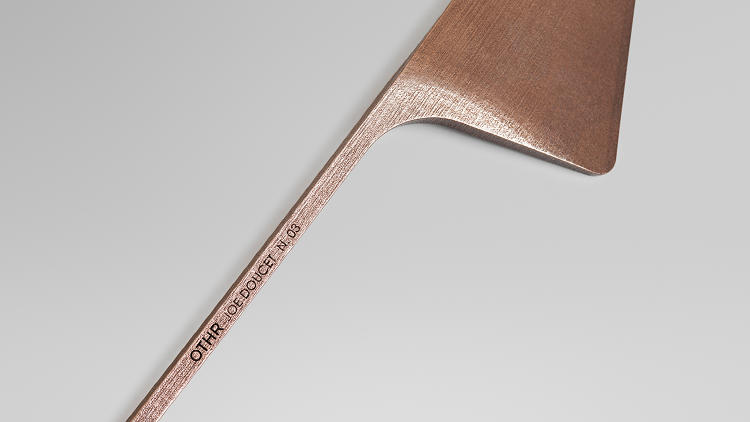
Joe Doucet bronze cake knife

Saatchi Design (Marc Thorpe) bronze letter opener
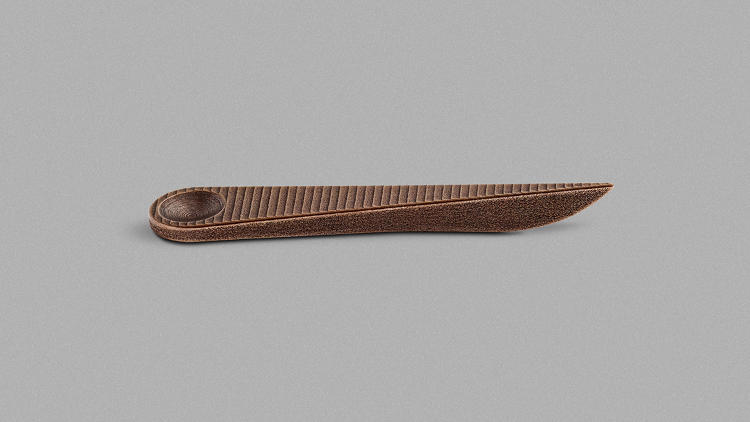
Saatchi Design (Marc Thorpe) bronze letter opener
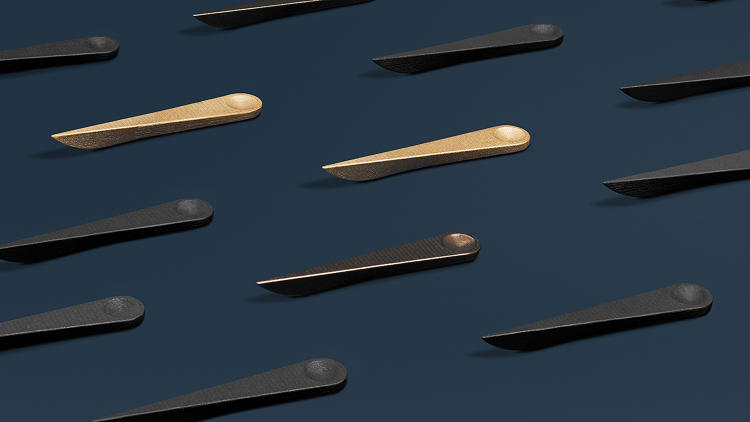
Saatchi Design (Marc Thorpe) bronze letter opener
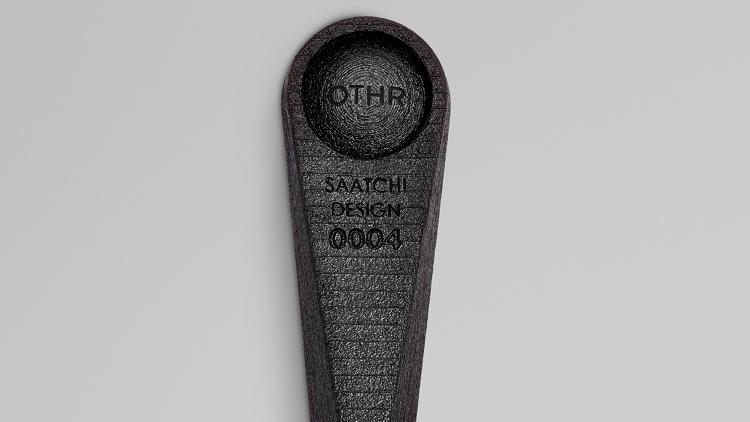
Philippe Malouin steel bowl
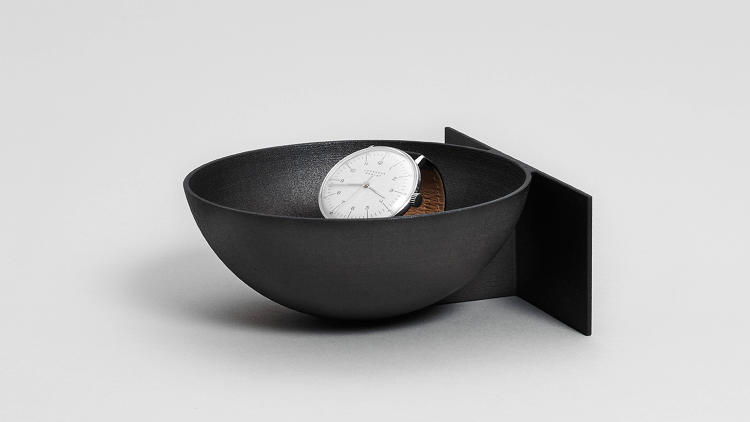
Philippe Malouin steel bowl
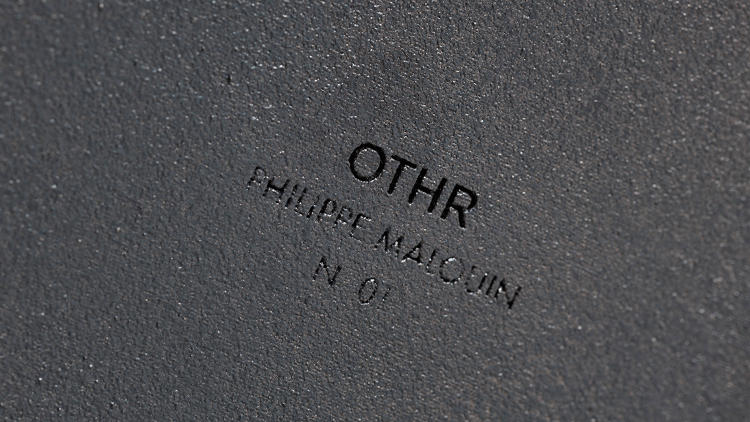
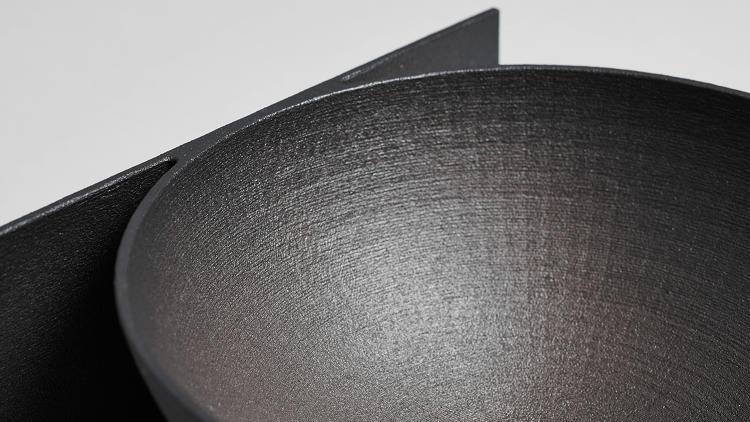
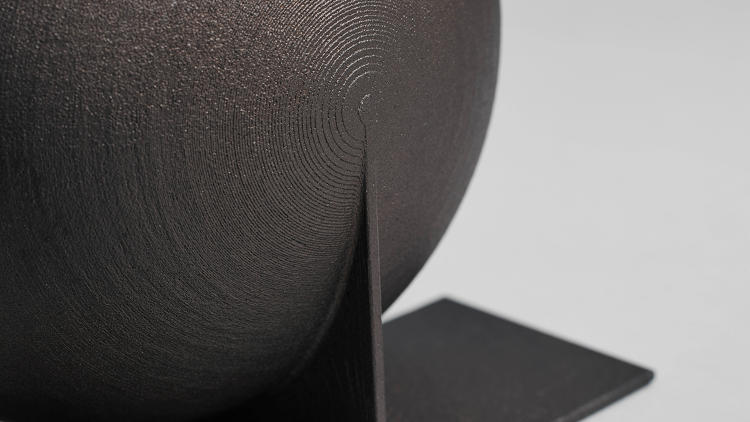
Fast Company , Read Full Story
(81)

